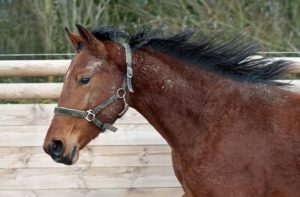Which was the last filly to run in the Derby?
 Theoretically, there’s nothing to stop fillies running in the Derby, but the trend among modern trainers is to run them against their own sex, in the fillies-only Oaks, rather than against the colts, from whom they receive a 3lb allowance. Interestingly, in 2021, the Derby is worth £1,125,000 in guaranteed prize money, while the Oaks is worth just £375,000, but prize money is not the only consideration.
Theoretically, there’s nothing to stop fillies running in the Derby, but the trend among modern trainers is to run them against their own sex, in the fillies-only Oaks, rather than against the colts, from whom they receive a 3lb allowance. Interestingly, in 2021, the Derby is worth £1,125,000 in guaranteed prize money, while the Oaks is worth just £375,000, but prize money is not the only consideration.
Of course, a Derby-winning filly would be a valuable commodity as a broodmare, but not nearly as valuable as a Derby-winning colt would be as a stallion, granted that the latter could cover hundreds of mares a year, potentially at hundreds of thousands of pounds per covering. Anyway, whatever the rationale behind the dearth of fillies in the Derby in recent years, the last filly to line up for the ‘Blue Riband’ event was Cape Verdi in 1998.
Trained by Saeed bin Suroor and ridden by Frankie Dettori, the daughter of Caerleon had previously justified favouritism in the 1,000 Guineas at Newmarket, beating subsequent Oaks winner Shahtoush by 5 lengths. Consequently, she sent off favourite for the Derby, but seemingly failed to stay a mile and a half, weakening two furlongs from home to finish ninth, 12 lengths behind the winner, High-Rise.